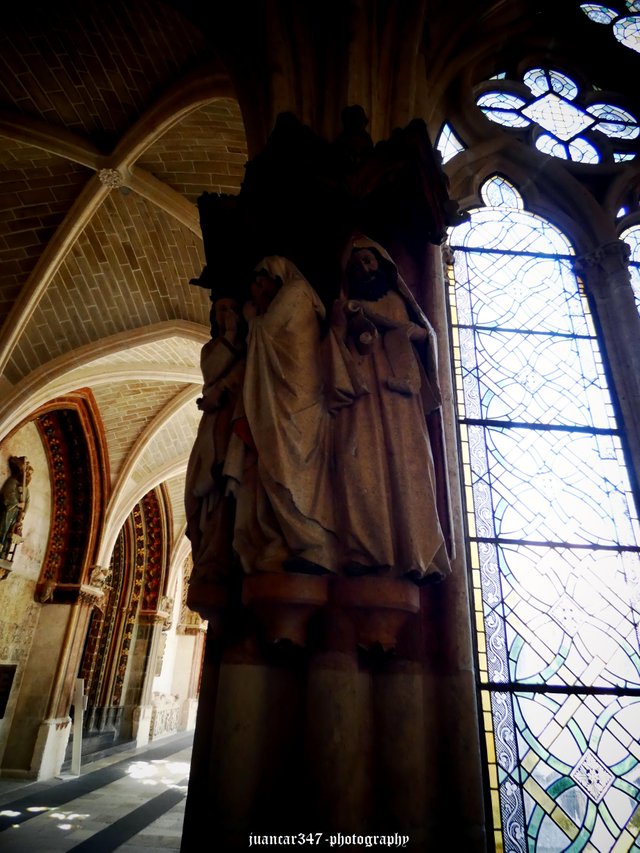[ENG-SPN] The star of the Magi in medieval architecture / La estrella de los Magos en la arquitectura medieval
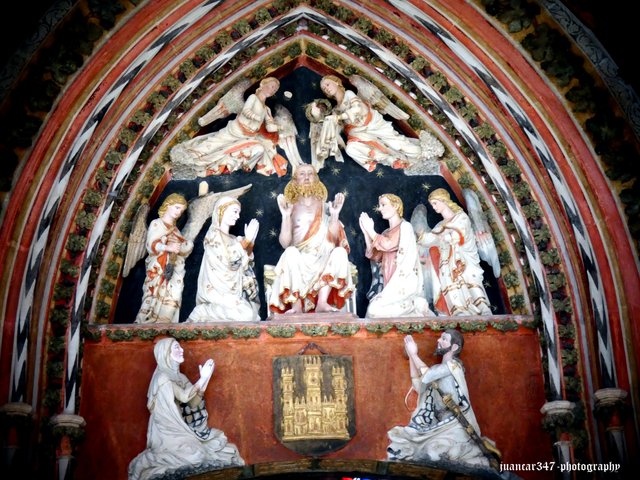
Unlike today, where it could be said that Architecture has evolved towards other types of concepts very far removed, in theory, from the sacredness and symbolism that motivated the medieval stonemasons, changing to new conceptions, such as sustainability, functionality or the ruthless use of space and the incorporation of innovative materials, medieval architecture enjoyed a spirituality that always bordered on the surprising, being, precisely, an enigmatic modern figure, Fulcanelli -whom we could equate with other no less enigmatic characters from the past, such as Apollonius of Tiana or the no less controversial Count of Saint-Germain - one of the first authors to reveal the profound symbolism hidden behind the so-called star of the Magi, generally represented with eight points.
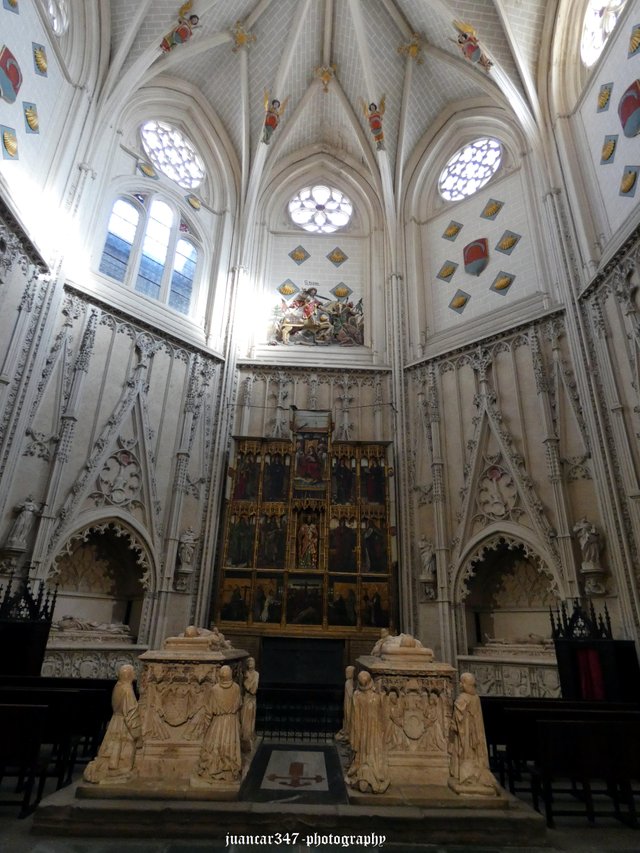
In relation to this, it could be argued, resorting, however, to the multiverse of speculation, that among the extensive and rich symbology of the number eight and more specifically, added to Sacred Architecture, is its unequivocal relationship with infinity, symbol itself contained, if we place it horizontally and by default, with immortality. It is not surprising, therefore, that, in the attention to detail and never left to chance of medieval builders, this number, among others, was of great importance. Importance, which is evident, for example, in those wonderful funerary chapels, which are located, mainly, in each and every one of the great cathedrals and whose vaults, in the shape of an eight-pointed star, usually house, in a generalized way, the mortal remains of kings, princes and great personalities, both from the civil world and from the ecclesiastical world, without forgetting, furthermore, that on numerous occasions, they are especially presided over by Virgins and Christs, considered by popular tradition to be very miraculous and therefore much loved and revered.
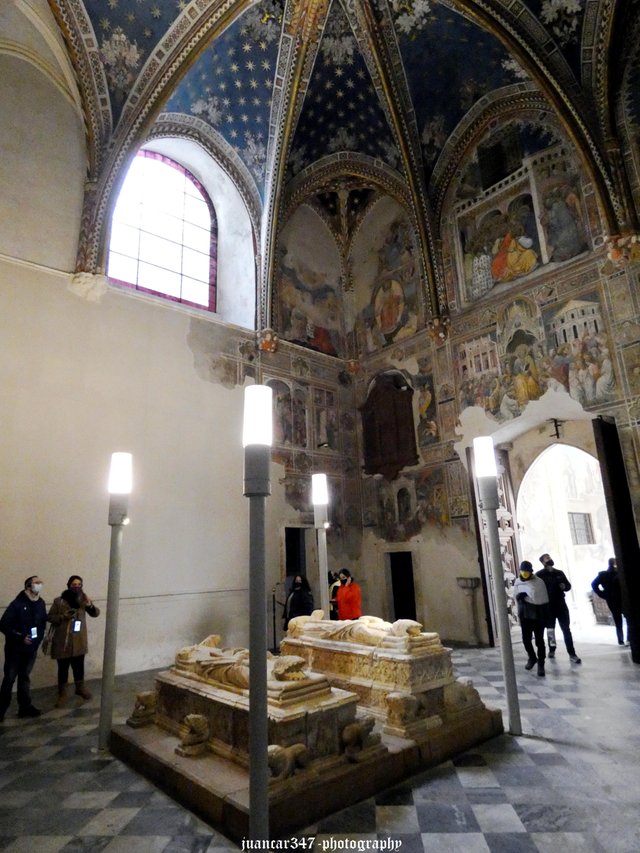
A diferencia de hoy, donde podría decirse que la Arquitectura ha evolucionado hacia otro tipo de conceptos muy alejados, en teoría, de la sacralidad y el simbolismo que motivaba a los canteros medievales, cambiándose por concepciones de nuevo cuño, como la sostenibilidad, la funcionalidad o el aprovechamiento despiadado de los espacios y la incorporación de innovadores materiales, la arquitectura medieval gozaba de una espiritualidad, que rayaba siempre en lo sorprendente, siendo, precisamente, una enigmática figura moderna, Fulcanelli -al que podríamos equiparar con otros no menos enigmáticos personajes del pasado, como Apolonio de Tiana o el no menos controvertido conde de Saint-Germain- uno de los primeros autores en dar a conocer el profundo simbolismo oculto detrás de la denominada estrella de los Magos, generalmente representada con ocho puntas.
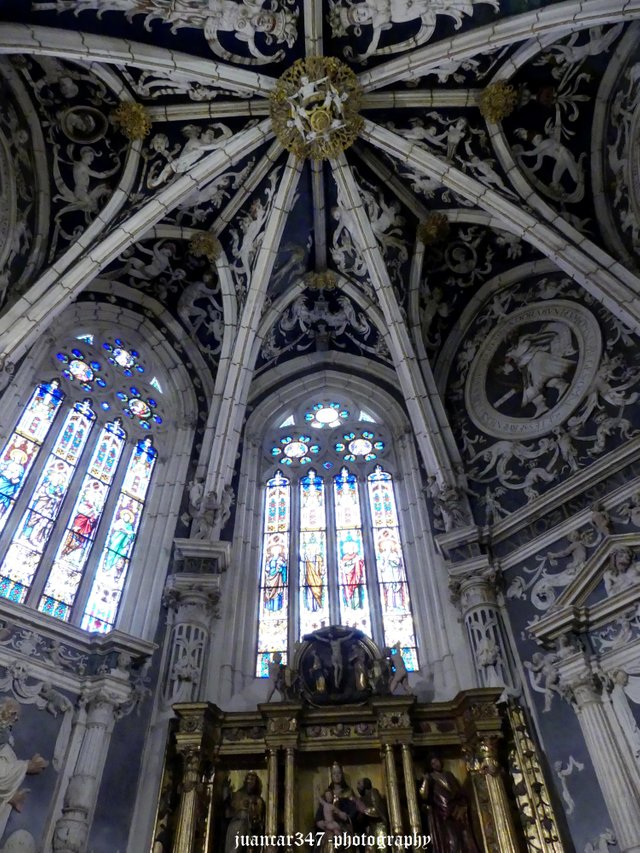
En relación a esto, sí se podría argumentar, acudiendo, no obstante, al multiverso de la especulación, que entre la extensa y rica simbología del número ocho y más concretamente, añadida a la Arquitectura Sagrada, está su inequívoca relación con el infinito, símbolo en sí mismo contenido, si lo colocamos de manera horizontal y por defecto, con la inmortalidad. No es de extrañar, por tanto, que, en la mentalidad detallista y nunca dejada al azar de los constructores medievales, este número, entre otros, tuviera una gran importancia. Importancia, que queda de manifiesto, por ejemplo, en esas maravillosas capillas funerarias, que se localizan, principalmente, en todas y cada una de las grandes catedrales y cuyas bóvedas, con forma de estrella de ocho puntas, suelen albergar, de manera generalizada, los restos mortales de reyes, príncipes y grandes personalidades, tanto del mundo civil como del mundo eclesiástico, sin olvidar, además, que en numerosas ocasiones, están especialmente presididas por Vírgenes y Cristos, considerados por la tradición popular como muy milagrosos y por lo tanto, muy queridos y venerados.
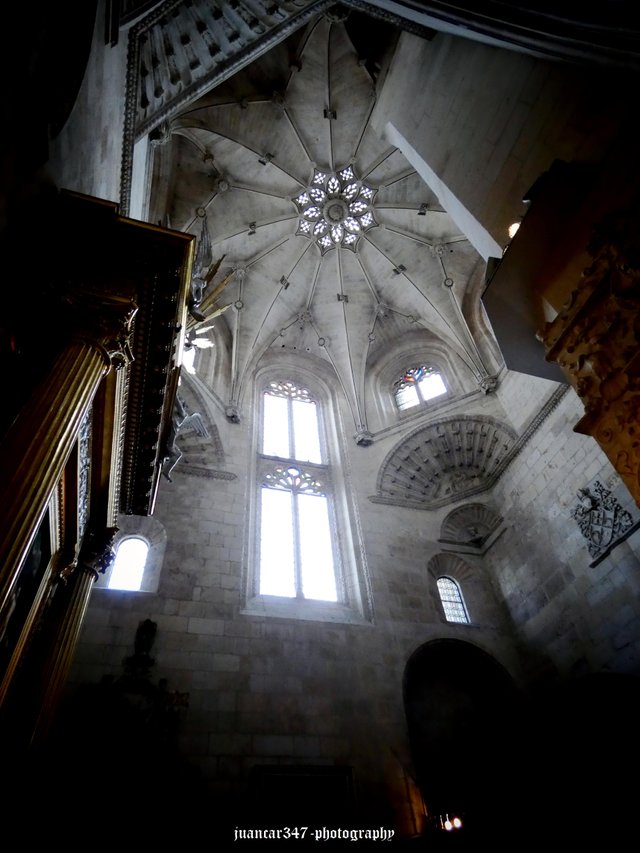
NOTICE: Both the text and the accompanying photographs are my exclusive intellectual property and therefore are subject to my Copyright.
AVISO: Tanto el texto, como las fotografías que lo acompañan, son de mi exclusiva propiedad intelectual y por lo tanto, están sujetos a mis Derechos de Autor.
